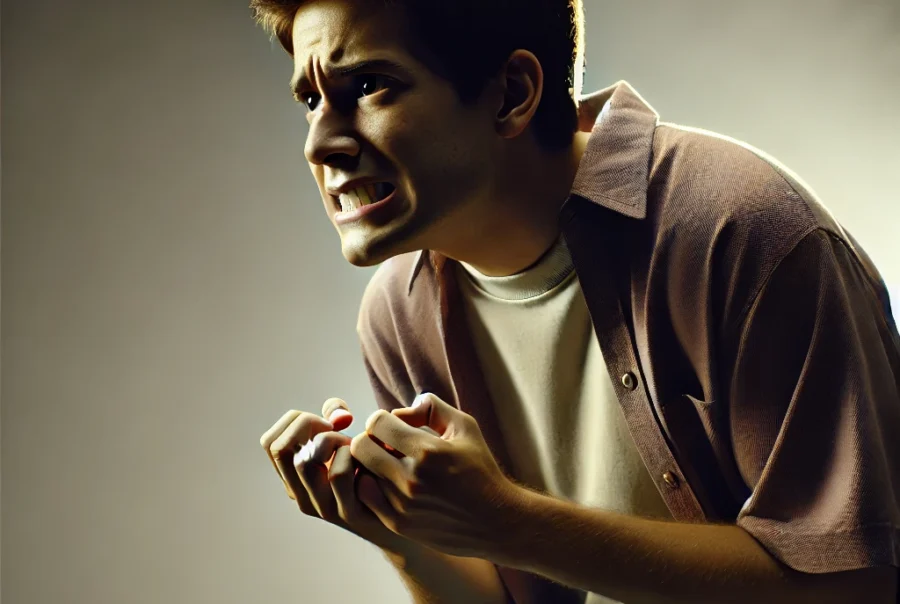
Cravings can be particularly strong during the early withdrawal period, and peak within the first week of quitting. In fact, in studies of people with cannabis withdrawal, cravings are frequently rated as being the strongest or most intense withdrawal symptom and occur in anywhere from 50-75% of users (Bonnet, Subst Abuse Rehabil, 2017).
Unlike other withdrawal symptoms, which can be more continuous, and smoldering, the unpredictable timing and intensity of cravings can represent the biggest challenge for people who are trying to quit marijuana. If you’ve been there before, you know what we’re talking about.
That visceral feeling, or that voice in your head, telling you to smoke—that’s the impaired cannabinoid signaling in your brain, trying to propel your addiction at the same time that it’s trying to restore its normal neural connections.
While the first few days are when cravings strike often, and hard, over time, your brain has the capacity to rewire and rebuild itself—the neuroscience term for this is synaptic plasticity.
The timing and severity of cravings depends on how long your brain has been exposed to marijuana, pre-disposing genetic factors, and your overall mood state (Parsons, Nat Rev Neurosci, 2015).
As your endocannabinoid signaling systems establishes its new baseline, cravings will become less frequent, and you will find consistent and reliable strategies for suppressing them.
What brings on a craving is entirely person and situation dependent. Usually, you will be prone to cravings in physical environments or social contexts in which you formerly used marijuana.
This might mean at bedtime, while watching a movie, or while hanging out with friend groups—especially if those friends are high. Other times, an intense craving sets in when your other withdrawal symptoms—insomnia, anxiety—are especially bad, as your body has become habituated to viewing marijuana as an alleviator of these unpleasant parallel effects.
These scenarios will pop up frequently during your first week of abstinence, as you adjust to a new routine of life without marijuana. Beyond avoiding these situations altogether, the best way to avoid relapse when a craving arises is to redirect your attention.
In other words, keep yourself busy. Don’t let yourself sit idly, and dwell on how much better you’d feel if you used again. You may get temporary relief, true, but if you’re on this journey, you have loftier goals.
So, what can you do to stay busy? Think of hobbies or projects you can pick up at home or find an outdoor activity if you are looking for a change of scenery.
Maybe it’s finally time to tackle that house project that was pushed to the side by weed. Maybe it’s as simple as picking up a new book, playing music, or cooking more. Channel your cravings into physical exercise, which has been proven to enhance the body’s natural production of compounds that produce feelings of reward. Whatever you choose to occupy yourself with, remember that staying busy equals staying clean.

Leah Zuroff, M.D., M.S.
Contributing Author
Dr. Zuroff completed medical school at the Perelman School of Medicine, where she concurrently received a Master of Science in Translational Research.
Recent Related Posts
About Weedless.org
Weedless.org is a free, web-based resource and community created by a team of healthcare professionals and researchers. We distill the facts about marijuana use and its effects into practical guidance for interested persons or for those who are thinking about or struggling to quit weed. Finding reliable, easy to understand information about marijuana should never be a struggle—that is why our core mission is to provide the most up to date information about marijuana use, abuse, addiction, and withdrawal. While we seek to empower individuals to have control over their use, we are not “anti-weed” and we support efforts to legalize adult marijuana use and study.